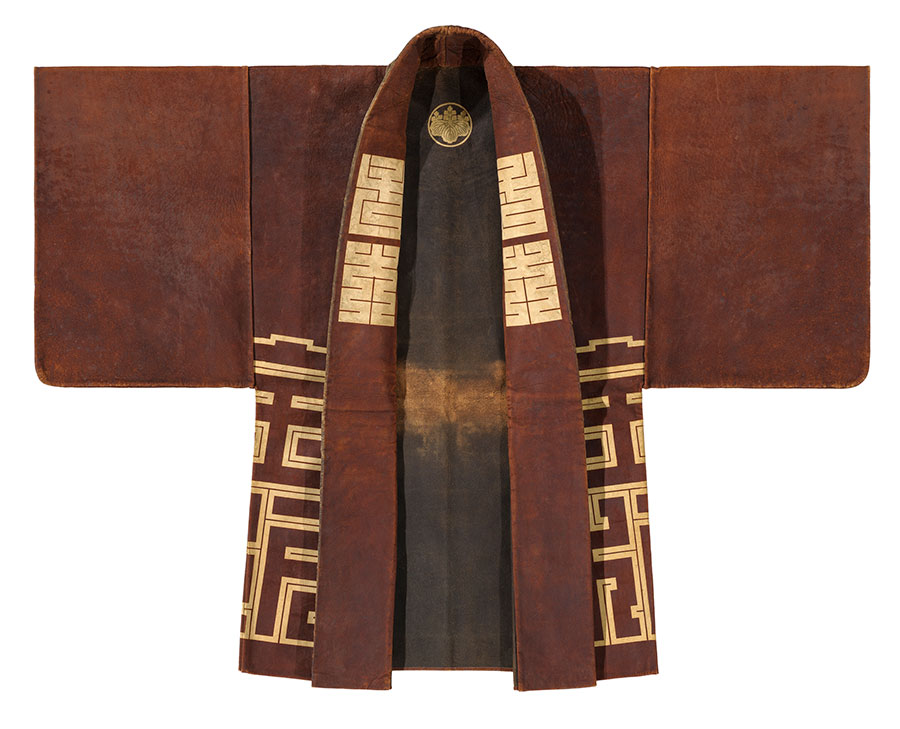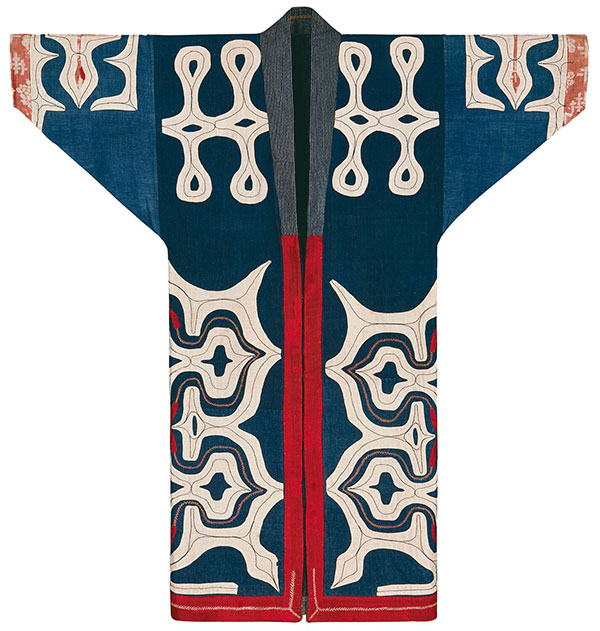In Pictures: Rare Japanese Textiles from the Minneapolis Institute of Art
The collection includes robes made from salmon skin and a deerskin jacket worn by a 19th century fireman
The collection includes robes made from salmon skin and a deerskin jacket worn by a 19th century fireman
An impressive collection of traditional Japanese clothing and fabrics made for home, work, and festival celebrations will go on display to the public at the Minneapolis Institute of Art (Mia) in 2020, it has been announced. The works, which were acquired by Mia from Thomas Murray, an independent researcher and expert collector of Asian and Tribal art, include objects from across Japan: from subtropical Okinawa the northernmost island of Hokkaido. The collection of 230 objects includes some exceptionally rare items, made between the late 18th and early 20th centuries.

The collection includes items made from materials including wild banana fiber, elm-bark cloth, nettle fiber, and salmon skin.

Mia’s exhibition will present around 120 works from the recently-acquired collection and will highlight the resourcefulness of humans in creating textiles from a wide range of materials.

Andreas Marks, Mary Griggs Burke Curator of Japanese and Korean Art at the Minneapolis Institute of Art said of Thomas Murray’s collection: ‘Built over nearly 40 years by a man with a fantastic eye for textiles, a collection of this importance and breadth could not be put together today. Mia is thrilled to be the recipient of these important textiles, which will catapult us amongst the foremost collections of Japanese textiles in the world.’

‘The Murray Collection adds important new dimensions to Mia’s Japanese art collection, which is particularly strong in the areas of paintings and prints, sculptures, ceramics, and works of bamboo. Until now, there were only a few textiles in the collection, including Noh robes used in theatrical productions, wedding kimono made of silk, and so-called meisen garments made in the 1910s and 1920s, which feature bold and graphic designs,’ Marks continued.

This festival robe, decorated using a dye-resist tsutsugaki technique, was used to celebrate a fisherman’s successful catch.

Kawabaori robes, such as this example from the Edo period, were worn by high-ranking Japanese firemen.

Thisrobe, made by the indigenous Ainu people from northern Japan is known as a kaparamip, meaning ‘thin cloth’, because it was made of fabric traded from the warmer Japanese mainland.























